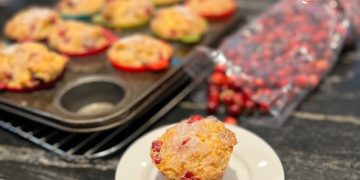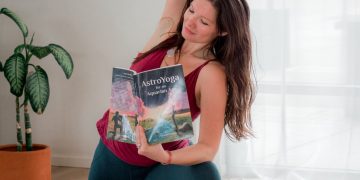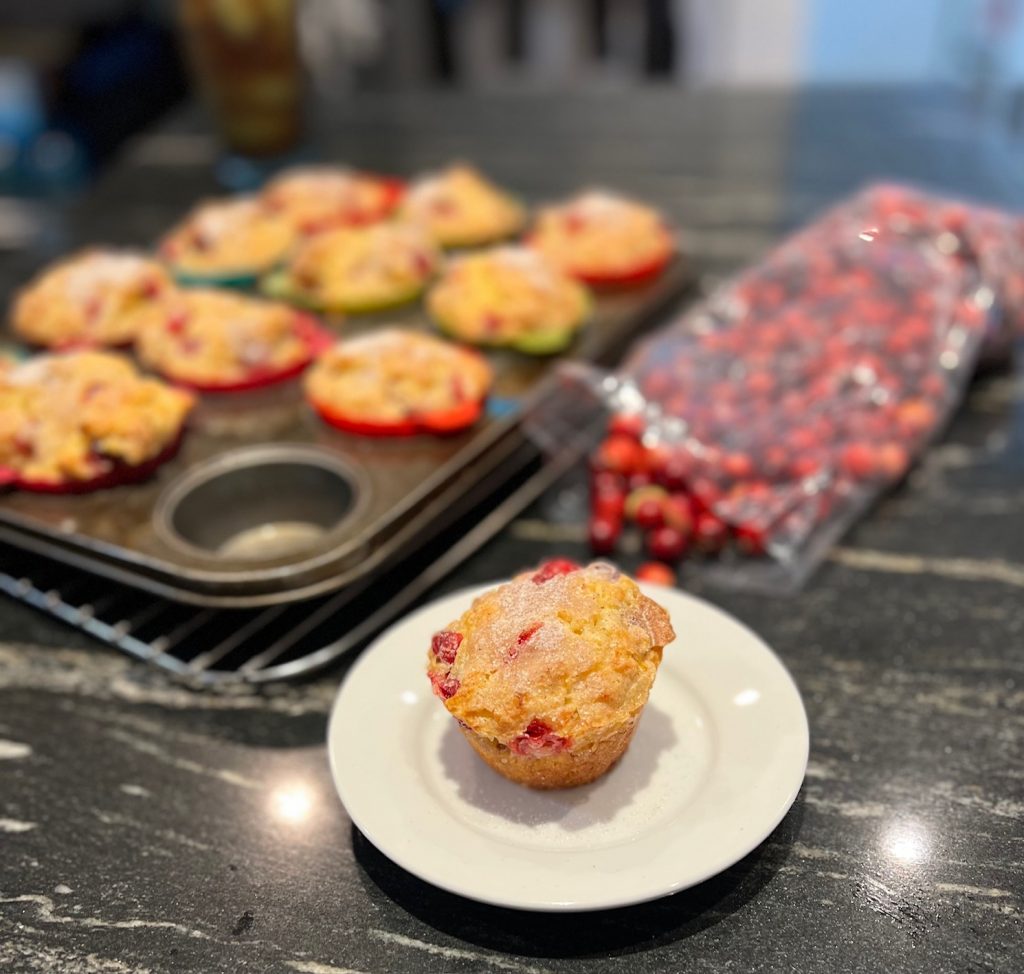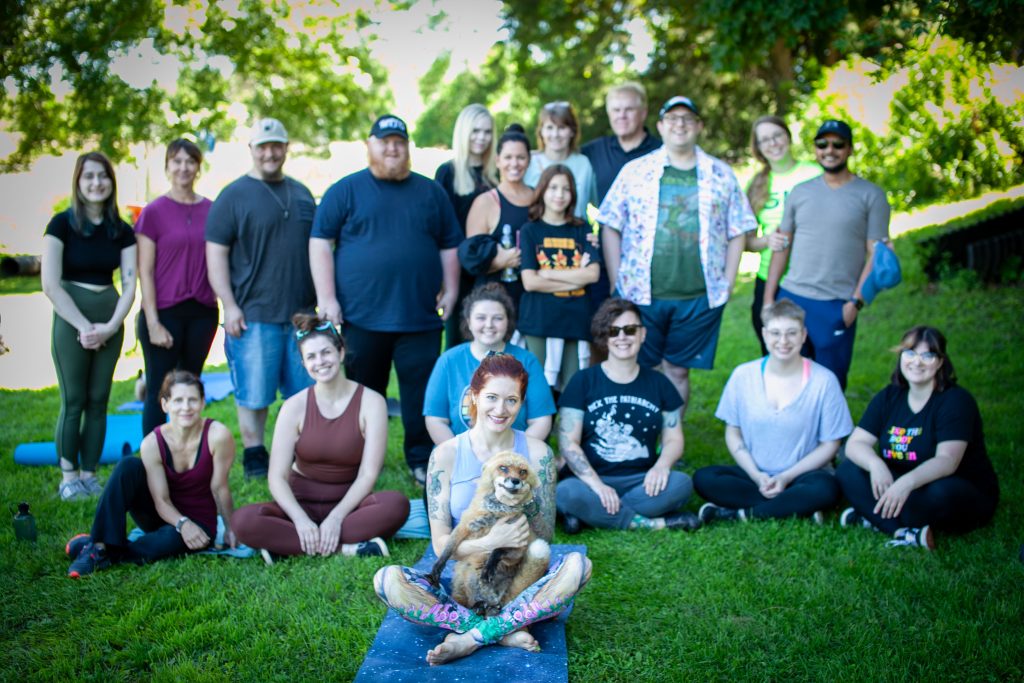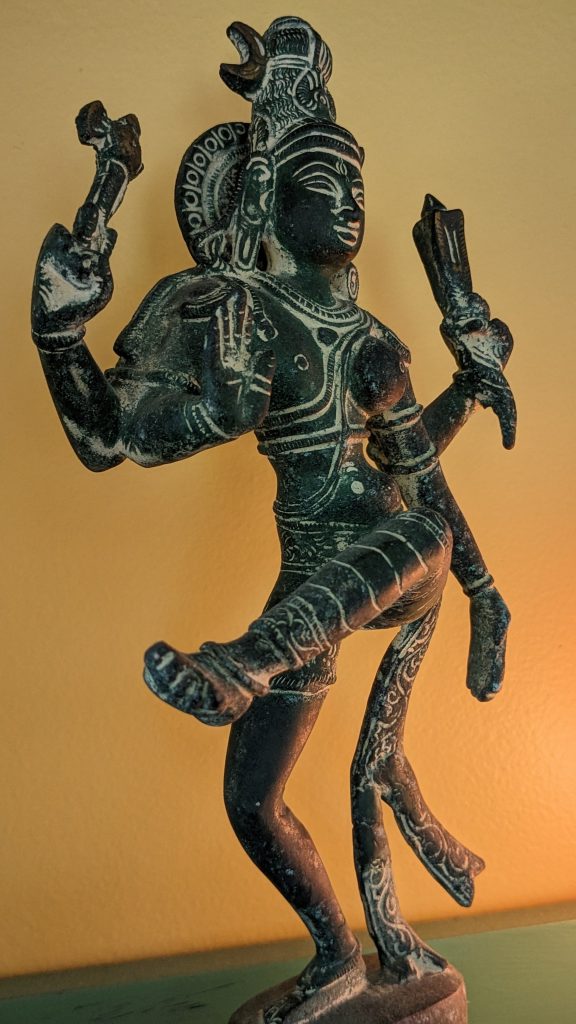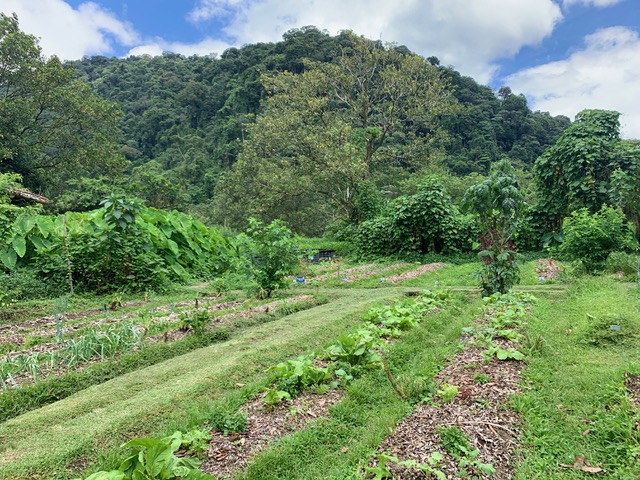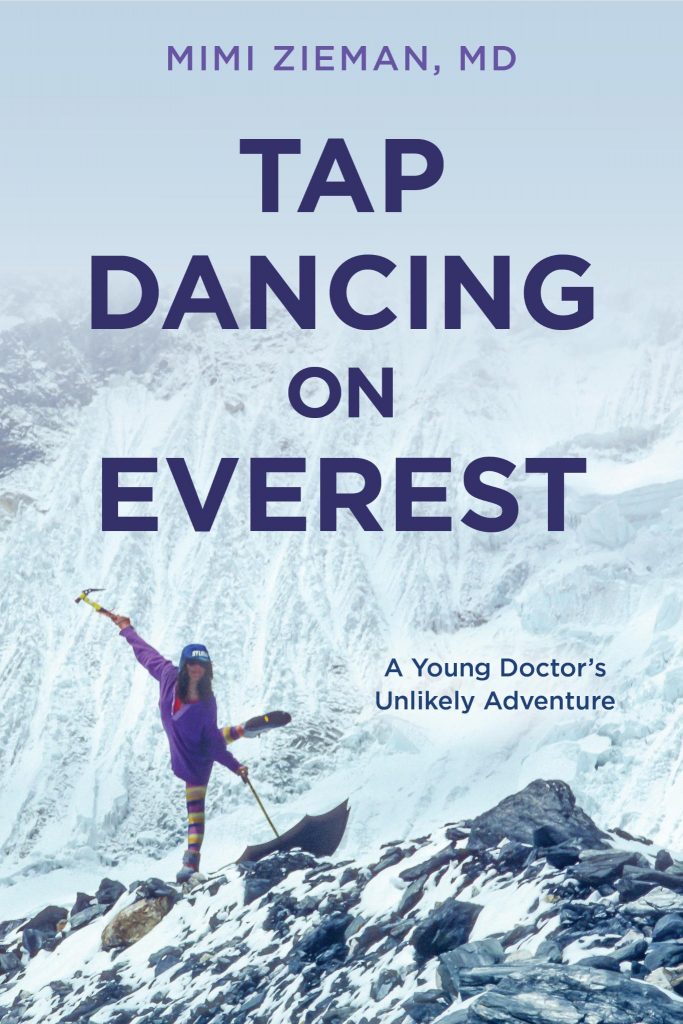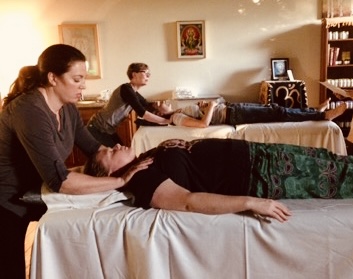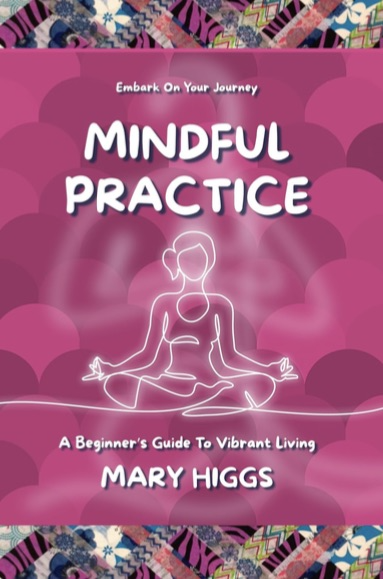Upon returning to Minnesota after a decade of living in the mountains of Colorado, I began to reconsider what it means to be “from” here. Mni Sota [Makoce] means “place where the water reflects the clouds in the sky” in the Dakota language. I grew up in Dakota County, unaware at the time Iwas surrounded by a rich legacy left by the indigenous people of Minnesota. It took me leaving to bring fresh eyes back to this place I called home for over twenty years.
As I settle back into living here, I am discovering opportunities to deepen my own understanding of the Native community right here in my hometown. I recently learned about the cultural and spiritual significance of the merging of the Minnesota and Mississippi Rivers when the high school I graduated from was renamed “Two Rivers High School.” The renaming did not come without some resistance from the community, but as described on the school’s website, “The name Two Rivers High School reminds us that we must find a way to move with the current instead of fighting to stand still. There is pride in learning to gracefully move with the river of time as it flows ever onward.” This means moving forward together as a community while honoring our shared history.
This merging of the two rivers has been a sacred space to Native people as the setting of their story of origin. They consider this spot not only the center of the earth, but where life itself began for the Dakota people. I wondered why that was the case. It would be utterly impossible to know the number of times I crossed the Mendota Bridge, which passes just above this sacred site. I learned how to drive along the banks of these rivers, just minutes from the house where I grew up. It had always been my favorite place to see downtown Minneapolis and St. Paul at the same time. I figured I wasn’t the only one in the dark, so to speak.
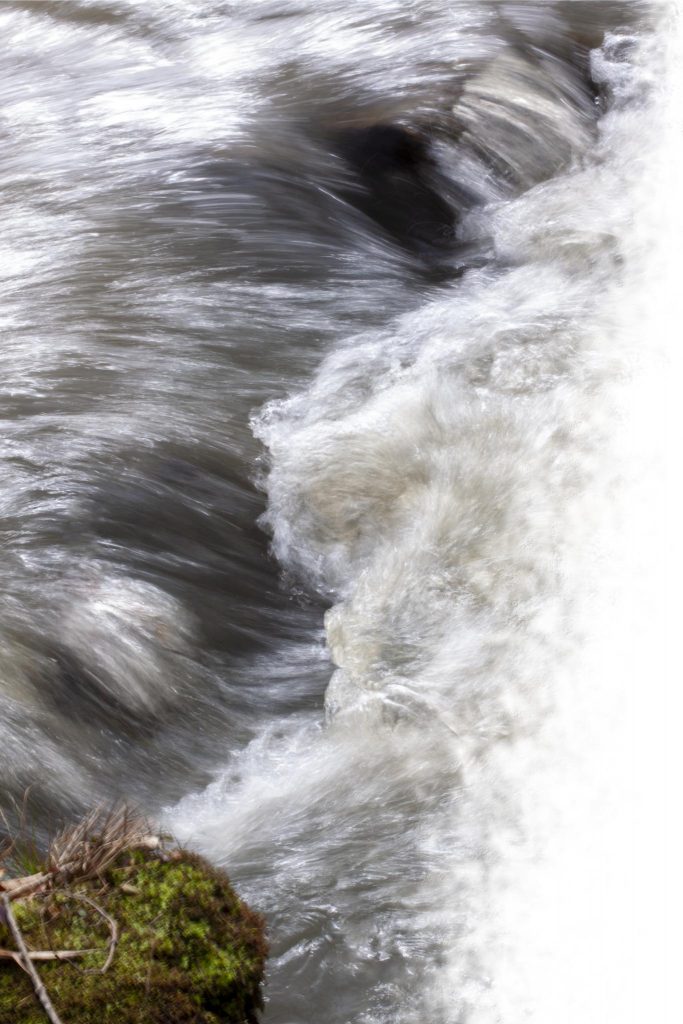
I left for a decade, and with these “new eyes” I revel in the beauty of Minnesota I had not truly seen until recently. As I prepare to settle into my own apartment along the Mississippi River, a quintessential “homecoming” of sorts, I am deeply aware of the importance of acknowledging, celebrating, and uplifting the rich history of Minnesota’s truest Natives. As a single, childless 35-year-old, I am excited to continue exercising my freedom of time and money to support the Native community.
I worked in the service industry for over 10 years, and was excited to hear about the opening of Owamni, a modern indigenous restaurant headed by James Beard Award-winning “Sioux Chef” Sean Sherman. Owamni boasts a locally- and ethically-sourced menu, which inspired a packed calendar of reservations for the restaurant since its opening in the summer of 2021.
Birchbark Native Arts in the Kenwood neighborhood of Minneapolis is an absolute gem, filled to the brim with books and art by Native artists from around North America. On my last visit to the shop, I picked up “The Gatherings: ReimaginingIndigenous-Settler Relations by Shirley N. Hager and Mawopiyane. I look forward to reading it with friends and considering each of our roles in forward progression and inclusion.
You can experience Native artist Angela Two Stars’s newest installation, Okiciyapi, (“Help Each Other” ) at the Walker Art Center’s outdoor sculpture garden. Recordings from fluent speakers of the Dakota language, which can be accessed via the cell phone app, accompany the physical sculpture. Two Stars’s commission depicts the action of the ripple effect of a single drop of water. How fitting, as none of us exist as an island. We all influence one another, whether or not we are aware.
I know we all get wrapped up in our own lives, but the more we open our eyes to those around us, the deeper our connection becomes to this place we call “home.” Endless opportunities for rebirth, renewal, and the merging of past, present, and future surround us. Exploring what it means to be a “Minnesota Native” to indigenous people can energize opportunities for healing and a meaningful trajectory toward inclusion and elevation in the Twin Cities.
Support Indigenous communities:
- NATIFS: North American Traditional Indigenous Food Systems: “The Indigenous Food Lab.” Culinary resources and training facility. NATIFS.org
- NACDI: Native American Community Development Institute: NACDI.org
- Native-land.ca: Enter an address and/or zip code to search territories in your local area.
Check the internet for additional information. There is SO much out there.
Mary Gavin is an intuitive, activist, teacher, and certified Reiki Master. Her passion for healing is rooted in her own experience living with post traumatic stress and dissociation. As a trauma survivor, she feels proud to share her experiences as a source of inspiration and connection. She aims to elevate marginalized voices and inspire healing by sharing bits of her soul through writing.


